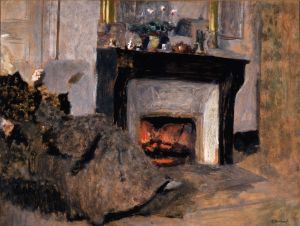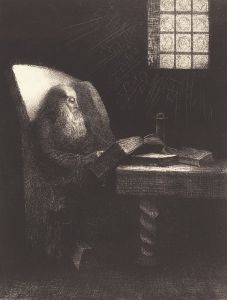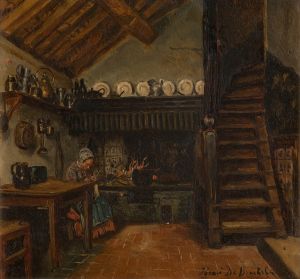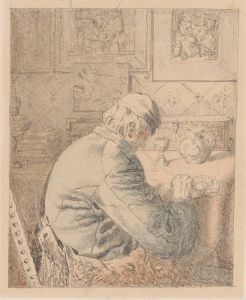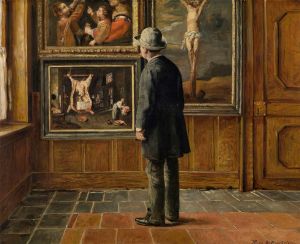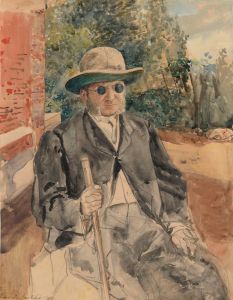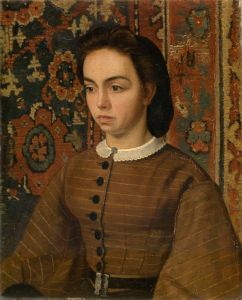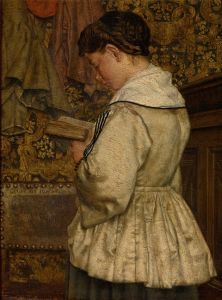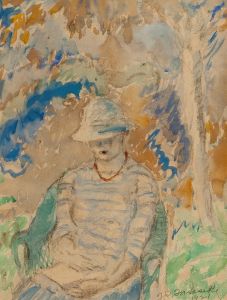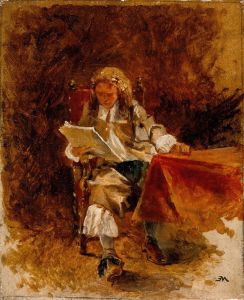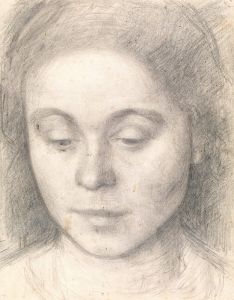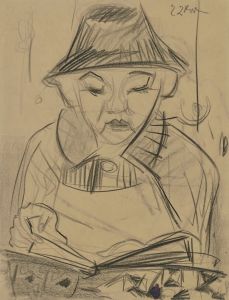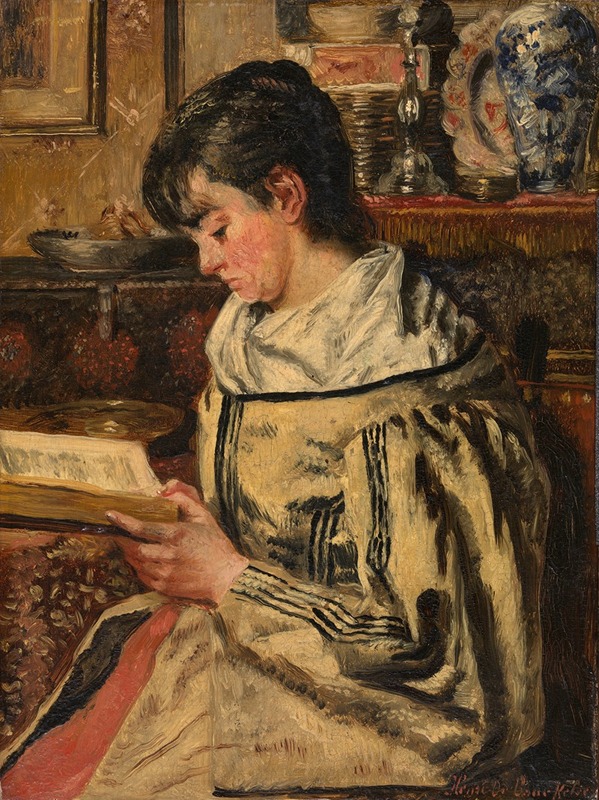
Woman Reading
A hand-painted replica of Henri de Braekeleer’s masterpiece Woman Reading, meticulously crafted by professional artists to capture the true essence of the original. Each piece is created with museum-quality canvas and rare mineral pigments, carefully painted by experienced artists with delicate brushstrokes and rich, layered colors to perfectly recreate the texture of the original artwork. Unlike machine-printed reproductions, this hand-painted version brings the painting to life, infused with the artist’s emotions and skill in every stroke. Whether for personal collection or home decoration, it instantly elevates the artistic atmosphere of any space.
Henri de Braekeleer (1840–1888) was a Belgian painter known for his detailed and atmospheric interior scenes, often depicting solitary figures engaged in quiet, everyday activities. One of his notable works, Woman Reading, exemplifies his mastery in capturing the interplay of light, texture, and mood within domestic settings.
Woman Reading portrays a solitary woman seated in a modest interior, absorbed in the act of reading. The painting reflects de Braekeleer’s characteristic attention to detail, with a focus on the textures of the furniture, the play of light on the walls, and the subtle expressions of the figure. The composition is intimate and contemplative, inviting the viewer to share in the quiet moment of introspection. The subdued color palette and careful rendering of light suggest the influence of 17th-century Dutch masters, particularly Johannes Vermeer and Pieter de Hooch, whose works de Braekeleer admired.
De Braekeleer was part of a family of artists and studied at the Royal Academy of Fine Arts in Antwerp. His works often depict scenes of middle-class life in Belgium during the 19th century, and he is celebrated for his ability to convey a sense of stillness and timelessness. Woman Reading is consistent with these themes, as it captures a fleeting moment of personal engagement that transcends its specific time and place.
The painting is also notable for its psychological depth. The woman’s posture and the serene environment suggest a moment of solitude and reflection, emphasizing the intellectual and emotional engagement of reading. This focus on the inner world of the subject aligns with broader trends in 19th-century art, where artists sought to explore the complexities of individual experience.
Henri de Braekeleer’s career was relatively short, as he struggled with mental health issues later in life, which affected his ability to work. Despite this, his contributions to Belgian art were significant, and his works are regarded as precursors to the Symbolist movement. Woman Reading remains an example of his skill in creating evocative, introspective scenes that resonate with viewers.
The current location of Woman Reading is not specified in available records, but many of de Braekeleer’s works are housed in Belgian museums, including the Royal Museum of Fine Arts in Antwerp. His legacy continues to be appreciated for its quiet beauty and technical excellence.





